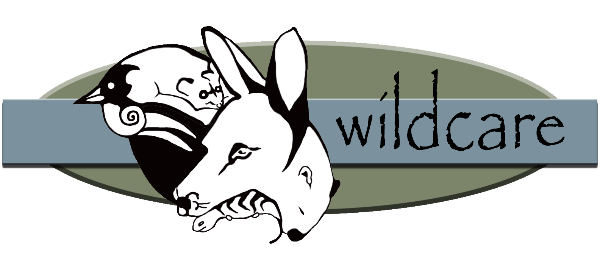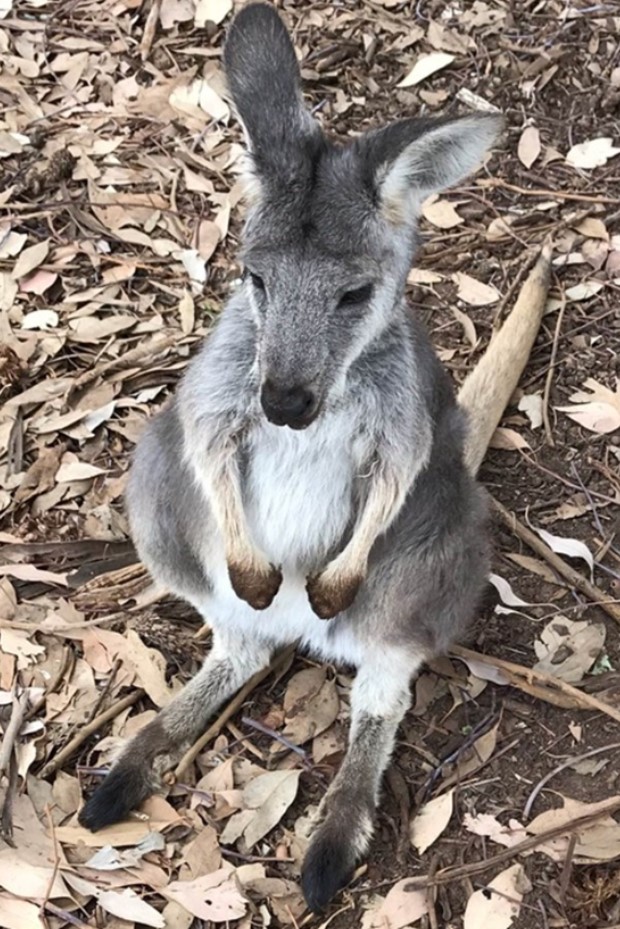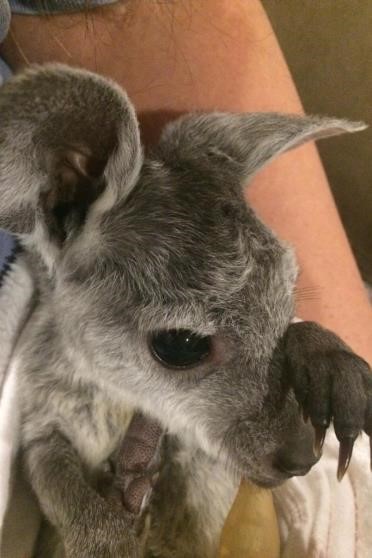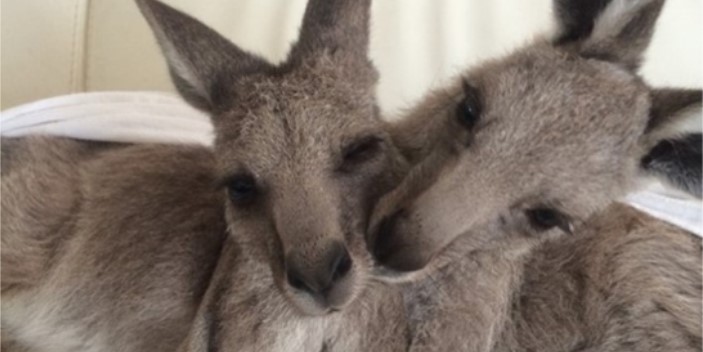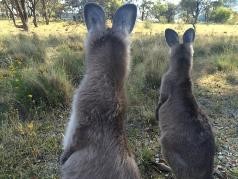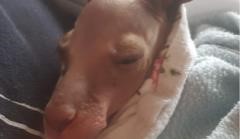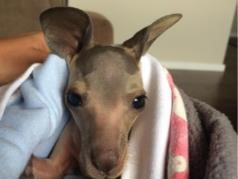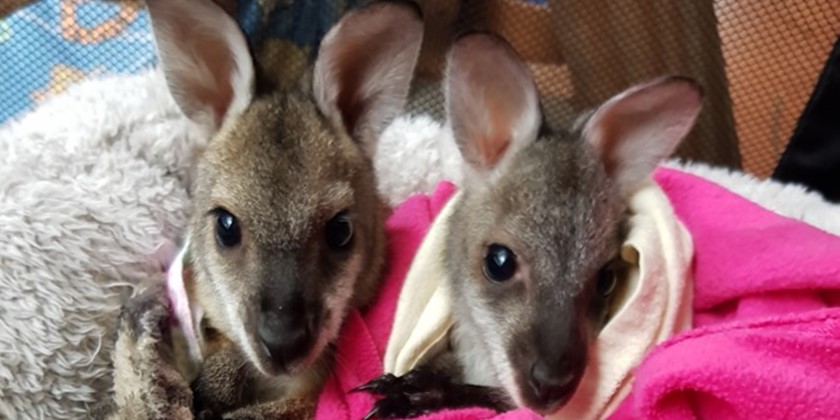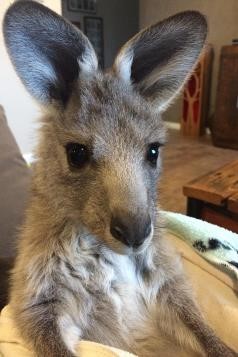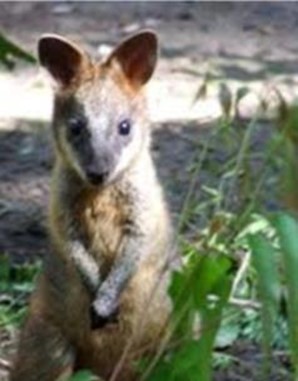In 2020-21, we received around 1000 calls to the Wildcare helpline about macropods, including 888 Eastern Grey kangaroos, 9 Swamp Wallabies, 6 Red-necked Wallabies and 6 Wallaroos.
The top three reasons macropods required our support were:
- car accidents (559)
- caught in a fence (95)
- orphaned or abandoned joeys (89)
Sadly, many of these macropods could not be saved — we had to euthanise 309 — mainly the result of broken bones or severe dislocations.
On the bright side we brought 250 macropods into care, including 30 Eastern Grey Kangaroo joeys from the ACT.
Call-outs for macropods occurred in 12 main localities within the Wildcare service area:
- Wamboin (86)
- Bywong (71), Sutton (53), Bungendore (51)
- Murrumbateman (45), Yass (40)
- Queanbeyan (76), ACT (53)
- Royalla (49), Googong (38)
- Carwoola (49)
- Burra(66)
We wish to thank our members & volunteers, in particular, and everyone else who helped with our ongoing efforts to save our local native wildlife.
Wildcare statistics, along with statistics from other wildlife organisations, are published in the NSW Wildlife Rehabilitation annual reports. The latest report is a compilation of rescue data from the 2019-20 year of fire, drought and flood: NSW Wildlife Rehabilitation, 2019–20 Annual Report.
